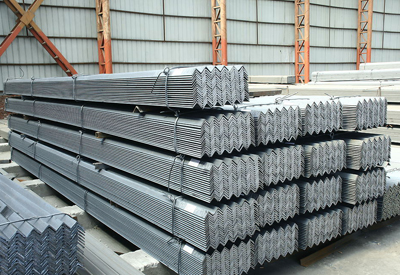Iceland considers mammoth cable to plug into Europe
Europeans may soon benefit from the power that seethes beneath the remote North Atlantic island Iceland.
Iceland is doing a feasibility study into building a 1,170-km power cable to Scotland to transport as much as 18 terawatt-hours of geothermal and hydropower a year -enough to fuel as many as five million European homes. The project has the full backing of the government. Annual clean-energy exports could reach about a tenth of the island's $12-billion-US economy.
The power cable, which would be the longest of its kind ever built, would come as the EU strives to reach its target of 20 per cent clean energy by 2020. In about 20 years, Iceland's energy revenue per capita may rival that in Norway, where oil income has made its $540-billion sovereign wealth fund the world's second-biggest.
Landsvirkjun, a state-owned utility that produces 75 per cent of Iceland's electricity, is driving the feasibility study for the $2.1-billion power-cable project.
Iceland may be unable to realize its geothermal dreams without some foreign investment. It costs $300 million to $400 million US to generate each terawatt hour.
The government estimates 75 per cent of Iceland's potential energy is undeveloped. Hydropower, fuelled by the island's glaciers, accounts for about 73 per cent of electricity production, with geothermal generating about 27 per cent. About 39 per cent of the available geothermal energy, which taps the Earth's heat, is used to make electricity.
President Olafur Ragnar Grimsson has been travelling the world promoting Icelandic expertise in geothermal technology and has announced deals with China, India and Russia. He says countries are turning to Iceland for clues on how to switch to green energy.
The island produced 17.2 terawatthours of electricity last year, just shy of the 18 terawatt-hours it could send to the EU every year if the cable is built. Of that, about 80 per cent went to three aluminum smelters and a ferrosilicon smelter. Output could double or triple over the next 30 years, depending on whether Iceland exploits environmentally sensitive areas.
Copyright © 2013 Ferro-Alloys.Com. All Rights Reserved. Without permission, any unit and individual shall not copy or reprint!
- [Editor:editor]



 Save
Save Print
Print Daily News
Daily News Research
Research Magazine
Magazine Company Database
Company Database Customized Database
Customized Database Conferences
Conferences Advertisement
Advertisement Trade
Trade





 Online inquiry
Online inquiry Contact
Contact

Tell Us What You Think